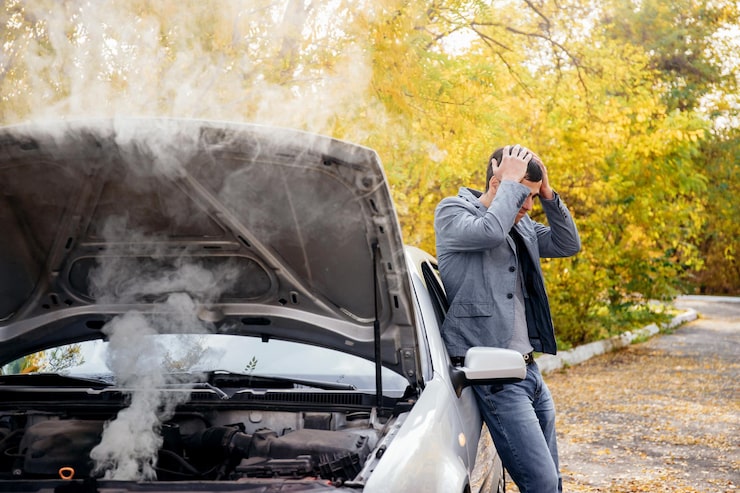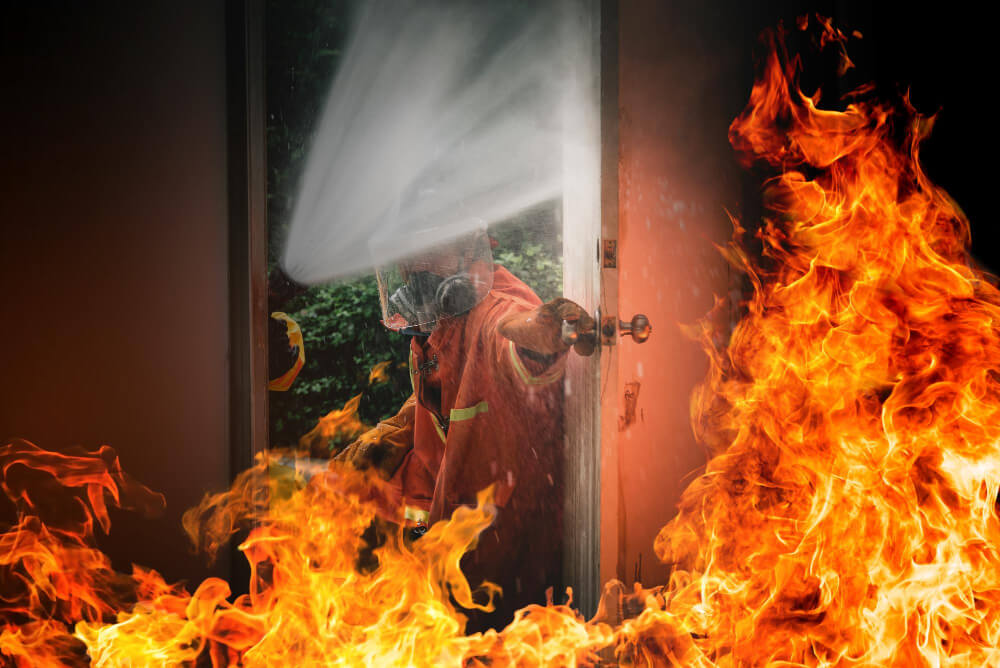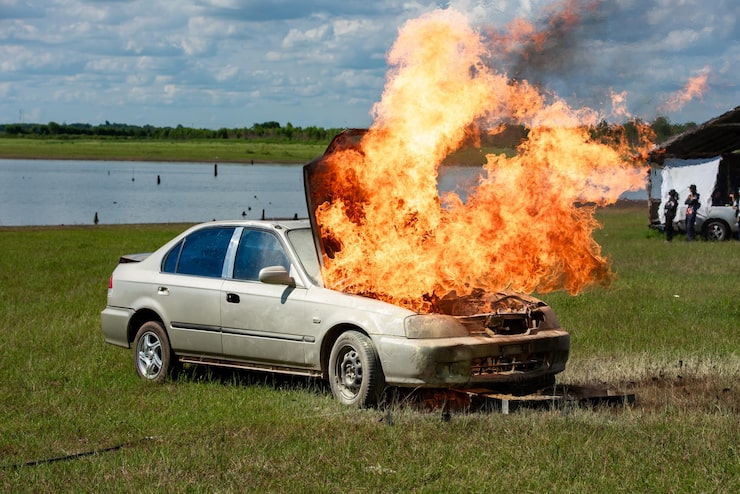
Understanding Risk Behind Vehicle Fires
Car fires are often considered freak accidents, yet they are actually subject to familiar scientific patterns. If we are to stop them more effectively, knowing how fire travels in car settings may be the solution. In this blog article, we address the physical and chemical reasons behind the risk of fire inside modern cars, ranging from flammable materials to air currents. We will also talk about how Auto Burn Stop, while sparingly detailed, is designed from comprehensive research of automotive fire safety researches. Knowing how the fire intensifies, where it typically begins, and what pieces are most vulnerable, we start wiser, science-based protection.
Identifying the Key Fire Risk Factors
There are a number of inherent fire risk factors in all vehicles, and knowing them is crucial for prevention. They include high-voltage systems, pressurized fluids, flammable plastics, and poor ventilation in the engine compartment. The most common cause of car fires is the electrical system, with over 30% of instances, according to a 2023 article in the International Journal of Automotive Technology.
Flammable items like plastic dashboards and polyurethane seats release poisonous gases when they burn, and a small fire can be fatal within seconds. Smart systems like Auto Burn Stop are designed to detect early initiations from these fire risk elements using sensor networks and targeted suppression.
Proper automotive fire safety doesn’t remove those factors, it’s a matter of designing systems that respond when these fire risk factors come together in a dangerous combination.
The Physics of Fire Propagation in Cars
Fire propagation in vehicles is subject to heat transfer, airflow dynamics, and material flammability. As a localized fire starts, for example in the engine compartment or close to a lithium battery, heat is transferred by conduction through metals and by radiation to combustible areas such as fuel lines and cabin interiors. In the meantime, automobile aerodynamics fan the fire spread, particularly at high vehicle speeds when air fuels the fire.
Research in Fire Safety Journal (2022) proved that car fires can double in size every 30 seconds in an unventilated space. That means an engine bay fire can engulf the passenger compartment in under 2 minutes.
Auto Burn Stop acts against this with sensors that monitor thermal gradients and isolate zones of high risk. It simulates fire spread in real time with its algorithms, so response systems are activated in advance of spread. Fire spread knowledge is at the core of modern automotive fire safety systems, converting the vehicle from passive victim to intelligent responder.
Why Engine Bays Are High-Risk Zones
Engine compartments contain all the worst possible fire hazard components: hot metal, flammable liquids, and heavy cabling. When items get hot or malfunction, they are difficult to spot until they are burning. More than 40% of all vehicle fires start in the engine compartment, with turbochargers, catalytic converters, or fuel rails particularly being implicated (Transport Safety Board, 2022).
These areas are enclosed, which causes heat to build up and flammable vapors to concentrate. Once ignition starts, fire propagation is rapid and vertical, often breaching into the cabin firewall. These systems like Auto Burn Stop are created with the sole purpose of defeating this. Utilizing automotive fire safety science, the system maps weak spots when installed and fits sensors where the most common fires start. It is not a matter of waiting, but pre-empting and extinguishing fires at the engine bay level before they go on to spread.
Role of Material Science in Fire Resistance
Interior material choices in cars have a great influence on automotive fire safety. Newer cars make use of synthetics in insulation, seats, and dashboards, many of which have lower ignition temperatures than those in older cars. Some also emit flammable gases or molten droplets, both of which increase fire propagation speed.
Current studies (Journal of Materials in Engineering Applications, 2023) confirm that the thermal decomposition of materials like ABS and PU foam begins at 200–250°C, which is readily reached in the event of electrical faults.
Auto Burn Stop integrates this information into its suppression method. It doesn’t just react to fire, it recognizes what is burning and adjusts its suppression based on the fire risk factors involved. Thus, fire protection is rendered dynamic, science-based, and material-specific to the contents of the car, as opposed to a blanket one-size-fits-all.
Data-Driven Prevention and Predictive Models
The future of automotive fire safety is predictive data modeling. Instead of employing reactive strategies, smart systems collect and analyze past data in terms of fire propagation patterns, ignition location, and sensor backhaul loops.
Auto Burn Stop uses real-time analysis to match current sensor data against enormous collections of historical vehicle fire cases. When a profile detects known high-risk conditions, it initiates suppression, even occasionally before a fire had an opportunity to start.
Predictive fire prevention is the next generation of fire risk factor management. It transforms safety from redundancy to smart anticipation. This has a huge effect on passenger survivability and vehicle recoverability.
Scientific confirmation of these predictive methods is ongoing, but preliminary test fleet data reveal promising reductions of fire events, especially among EVs and hybrids.
Conclusion
Vehicles do not spontaneously combust, they follow the laws of physics and chemistry. By identifying the basic fire hazard factors, understanding fire spread dynamics, and applying state-of-the-art automotive fire prevention techniques, we can prevent most fire disasters.
Auto Burn Stop is a product that is built on this very principle. It accepts the input of science and channels it into responsive technology that puts out fires before they become uncontrollable. This is not just smart engineering, this is science serving safety.
The more information we have on what causes car fires, the better we can prevent them, not just with gear, but with knowledge.



